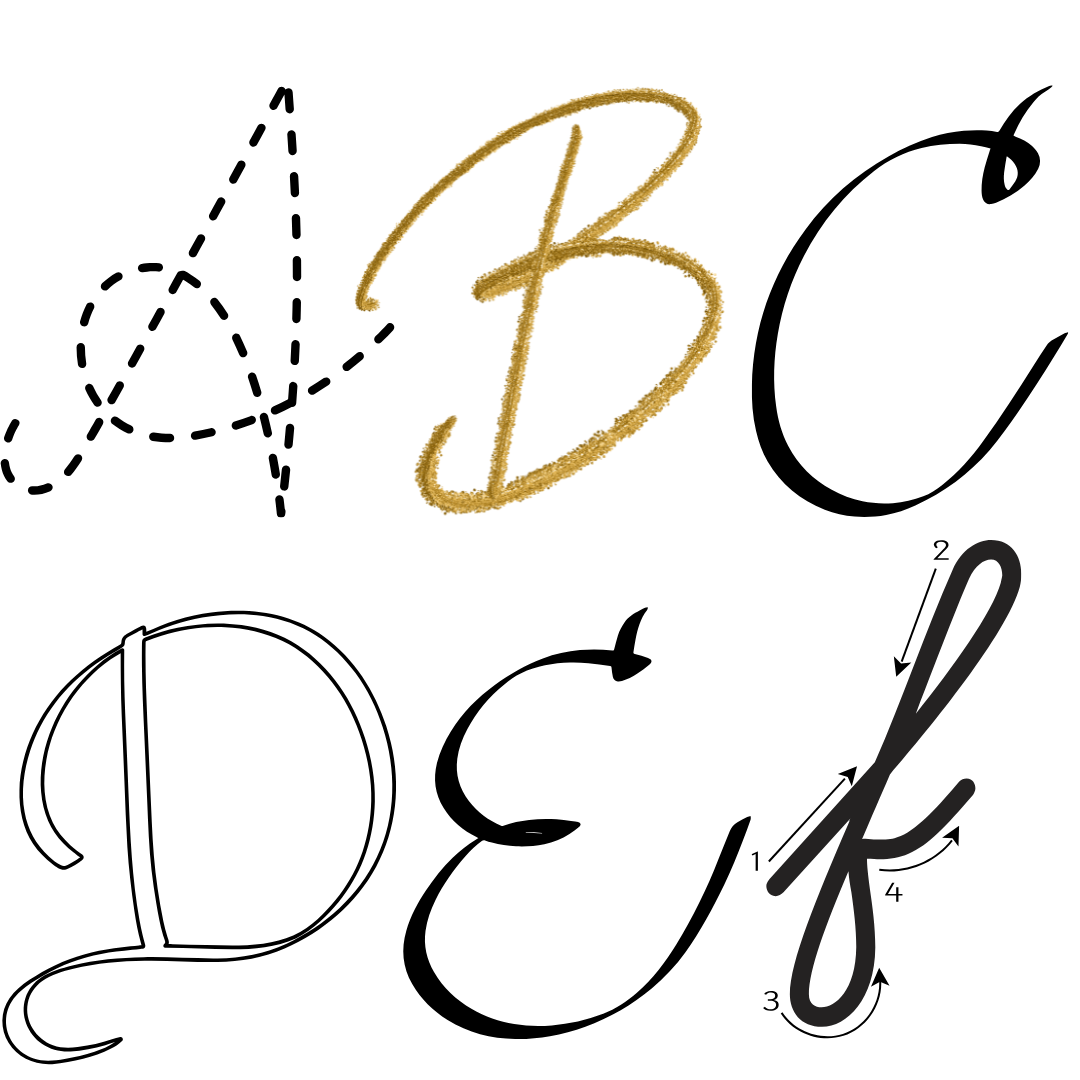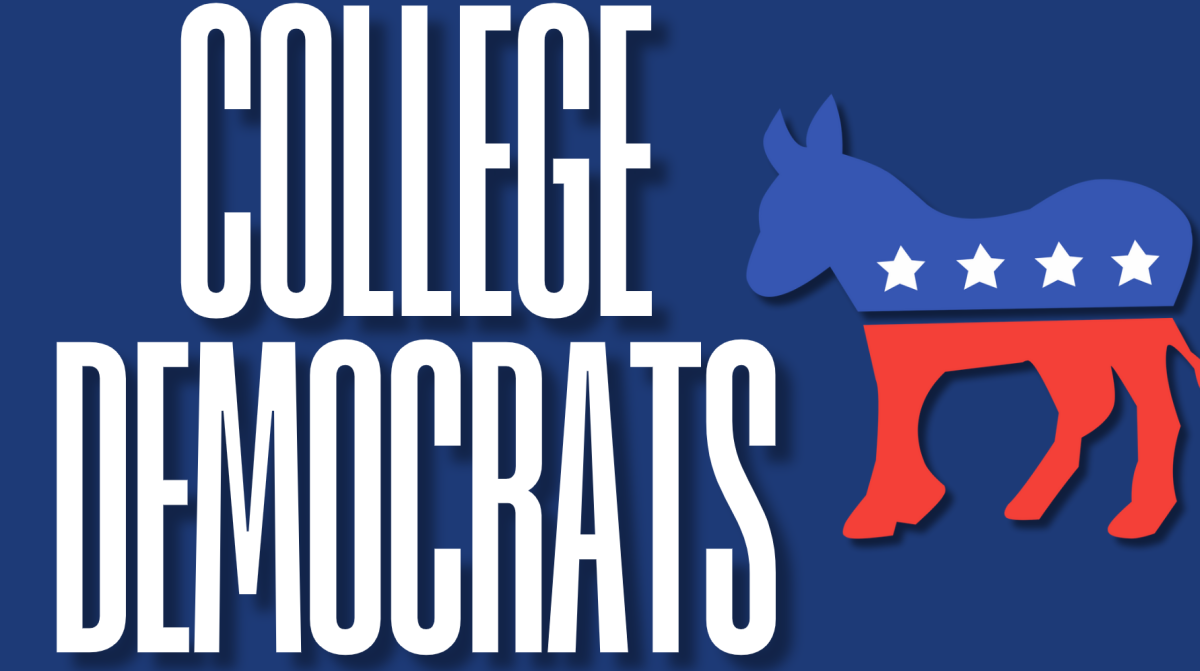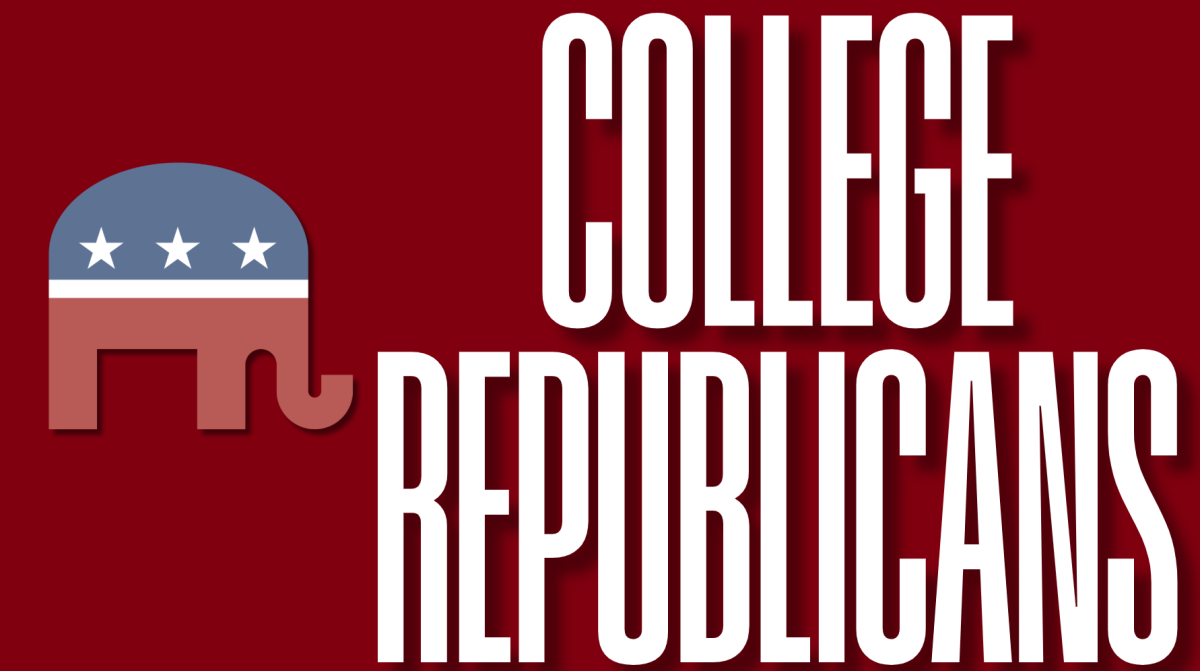Americans do not write in cursive like we used to, and it’s a callous threat to our nation’s children. I’m serious. If you’re used to hearing those words, you’ve probably only heard them rustling about the uppermost boughs of your family tree. To many, lamenting this kind of change is a vocation. Probably to many more, this calling is one of the more contemptible and obstructionary ways of life that could ever be led. What can be said to either mind? Progress and tradition are often clung to with a kind of unerring faith that mere sentimentality or economic logic, respectively, are unable to breach. There is, nevertheless, a moral lesson to be had in bringing cursive to the forefront of your imagination — one that encompasses art, history, literacy and belonging — one which I hope will become clear in this sketch of such a key consumptive medium.
Adorning our written language seems at odds with plain-dealing American sensibilities. Ours is a culture that prizes the brusque and brash over delicate, sloping forms. However, this apparent contradiction is wholly unjustified. Cursive writing is American history, and hand-written missives dominated the body of benign and important documents that bound together this country. It was an essential forerunner — or, at least, indicator — of populism in America. In a country that increasingly strove for education, autonomy and literacy for all, cursive was the medium through which a free people corresponded with itself. It was fast, required no capital and left the indelible mark of the individual on the page. New Americans who are being raised as strangers to this custom are deprived of an essential link between themselves and the past. When our forefathers penned the Declaration of Independence, they wrote about liberty, freedom and worshipful service of the Creator, all in a meticulous hand that could never be replicated exactly the same by another human being. One brusque and brash American who left a part of himself on this document has transformed himself into an epithet of unashamed individuality — John Hancock.
This isn’t to say anything about the wider galaxy of handwritten messages in American history. Most of these billions of tiny points of light have been extinguished, but a rare few survive. What happens to family secrets, recipes, diaries, Class of ’57 notes, love letters, birth and death records and all the other things worth writing about when their interpretation suddenly becomes the burden of a small caste of “handwriting experts” and niche hobbyists? In many families, the possession of intimate tracts of the written word are treated as a sacred inheritance, used to connect the young to their past. Jimmy Bryant, an archivist at the who works at the University of Central Arkansas spoke with the New York Times and observed that “a connection to archival material is lost when students turn away from cursive.” Reading primary source documents in one’s personal history is the skill that deserves universality. There are plenty of scholars to pore over letters from Antietam — it falls on only a handful of people to decipher letters from Nana.
Moreover, the increasing obsolescence of these written records is accelerating a trend of separating art and style from everyday action. This is not to say that our world today is uglier — but beauty, it seems, has cloaked herself behind the veil of commerce and galleries. In the past, mass production replaced older Western cottage industries, and turned handmade artifacts into million-of-a-kind replicas. The shift from handwriting to moveable type to electronic typeface and font is a mere extension of this phenomenon. With every advance, we have made bold strides in efficiency. Now you may leave behind a legacy of a thousand petty online comments in the space of time it would take to write one menial letter. With borrowed letters comes a relative anonymity, too. While the art of the handwritten word is not as distinguishing as the fingerprint, it still gives a sense of originality. Yet its use is not wholly relegated to the world of old fuddy-duddies and fogies. Cursive gives a useful sense of sincerity or authenticity, but it only appears in the loftier circumstances of life. Its tie to individuality lives on in the binding agreement to a commercial contract; its prestige is still derived in the mania for celebrity autographs; and its solemn importance is invoked if it is used at the end of a formal note, like a letter from the president, or when the same person signs a bill into law. These examples show that our reverence for the medium has persisted, but only in the same way that we admire an old warship — a ceremonial, proud symbol, never worthy to be sent back into battle.
These forms that we still admit are “beautiful” are now considered immiscible — like oil in water — to the way we practically apply ourselves and move our lives forward. The death-knell for cursive tolled in 2010, when its instruction was left out of the Common Core curriculum. Now that cursive education is “out” in America, the citizens growing up in a print-only culture will be especially beholden to what is “in.” I absolutely believe that that is a losing proposition for our age cohort. But to change now may entail fighting against a current that is simply too strong. I bring these matters to you, my gentle readers, because this may be the last time in our lives that we will be doing a lot of writing by hand, and I want us to take heed of how and why we do it. Try writing your class notes in cursive for a few weeks. I did, to prepare for this article, and it turned out to be a cat-scratched nightmare. It needs work. But I can really feel the value of doing it, being deliberate with my words. It may not be such a bad idea to try.
Pierce Liestenfeltz, FCRH ’27, is an international studies major from Scottsdale, Ariz.










































































































































































































